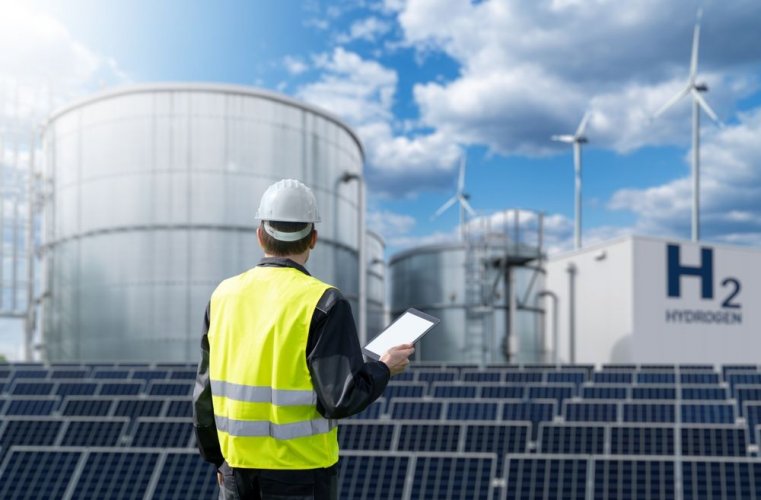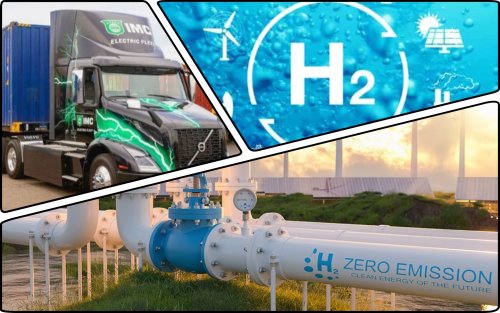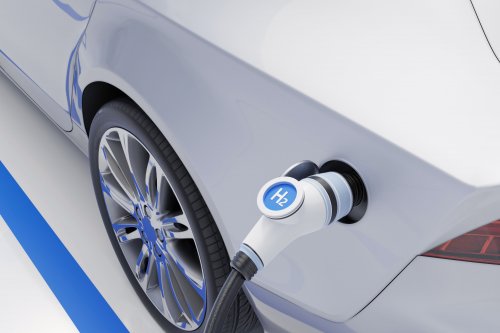South Korea has begun construction of the world's largest hydrogen fuel cell power plant, with a capacity of 108 MW.
This was reported by Interesting Engineering.
The Gandong hydrogen power plant in the South Korean city of Gyeongju is expected to start operating in 2028 and will be able to provide energy to 270,000 households annually. The total cost of the project is $580.7 million.
Features of the power plant
The new power plant will use so-called “gray hydrogen,” which will be produced from natural gas through reforming. In this process, methane (CH₄) reacts with water vapor (H₂O) in a special reactor, where a mixture of hydrogen (H₂) and carbon monoxide (CO) is formed in the presence of a catalyst.
In the final stage, using a method of adsorption with variable pressures, carbon dioxide and other impurities are removed from the gas stream, leaving virtually pure hydrogen.
This reaction is endothermic, i.e., it requires heat absorption, and is the most common and cheapest method of hydrogen production in industry. However, the production process emits large amounts of CO₂, which means that the hydrogen obtained is no longer completely “pure.”
Reasons for building the plant
The South Korean government sees the Gandong power plant as an interim project designed to stabilize the power grid and accelerate the transition away from fossil fuels. The facility is expected to be operational by March 2028, creating about 1,200 jobs and generating more than $52 million in corporate tax revenue.
Gyeongju is also home to the world's largest hydrogen fuel production and utilization center, H2 K-Hub. The project includes a green hydrogen production facility, a hydrogen refueling station, and a testing center for hydrogen vehicles and other equipment. H2 K-Hub uses water electrolysis powered by renewable energy sources to produce hydrogen without generating harmful emissions.
When it reaches full capacity, the Gandong power plant will surpass the 79 MW Shin Incheon Vision Dream plant in Seoul (South Korea), built in 2024, which provides electricity to 250,000 households and heating to another 44,000 homes.
It should be noted that an international group of researchers has discovered a large natural source of eco-friendly fuel—hydrogen—in Albania.
According to the scientists' report, an underground water basin located at a depth of 950 meters releases approximately 200 tons of natural hydrogen annually. This is 1,000 times more than in other similar systems found by scientists.




